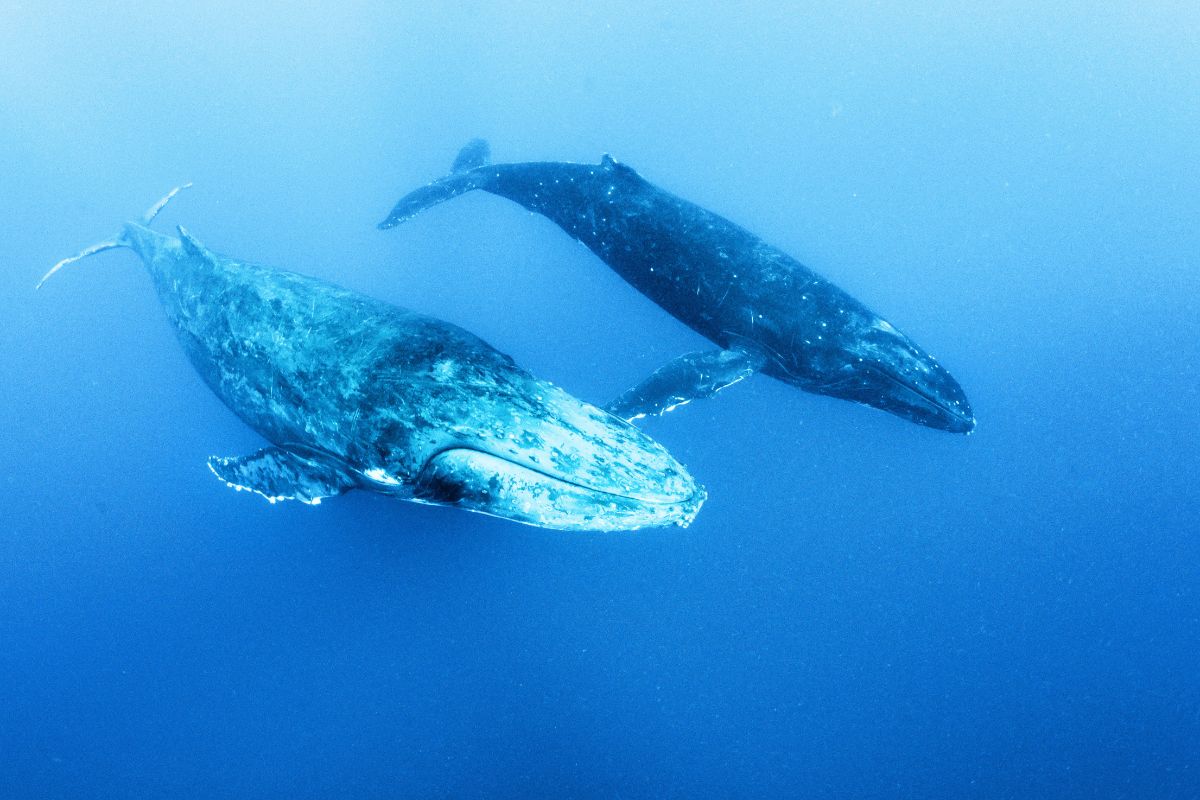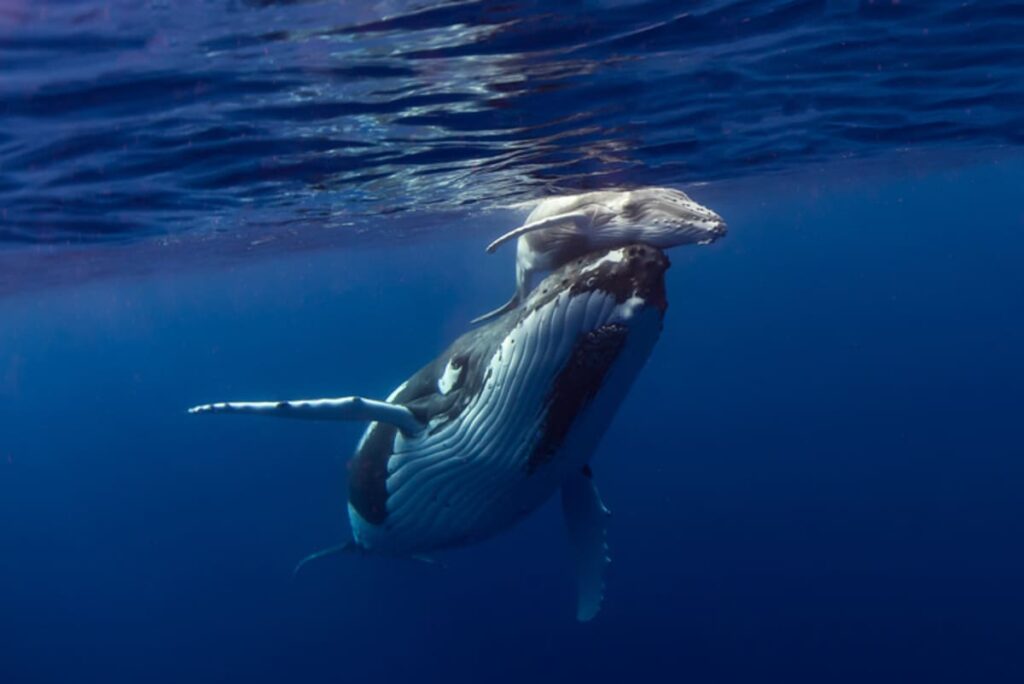This animal burns 11 tons of fat in 8 weeks — nature’s most extreme diet

Every year, an astonishing drama unfolds beneath the surface of the oceans. Humpback whales set off on their epic migration, covering thousands of miles in near silence. What makes this journey so remarkable isn’t just the distance, but the radical physiological transformation they endure: losing more than a third of their body weight — about 11 tons of fat — in just two months, all without compromising their health.
A migration like no other
Known for their haunting songs and spectacular breaches, humpback whales (Megaptera novaeangliae) are also masters of survival strategy. Each year, they leave the icy, food-rich waters of Antarctica to travel over 8,000 kilometers toward the tropics, where they mate and give birth. The catch? They do it while fasting. For up to eight weeks, these whales live entirely off their fat reserves.
To track the effects of this extreme journey, researchers from Griffith University in Australia monitored 103 whales using drone-based photogrammetry. The technology allowed them to measure body condition with precision, revealing dramatic changes.
Losing 11 tons without harm
The results were staggering. On average, humpbacks shed up to 36% of their body mass during migration — more than 11,000 kilograms of fat, roughly the weight of two adult elephants. To put it in human terms, that would be like someone losing 30 kilos in under two months — without damaging muscle or organ function.
To build up these reserves, whales gorge on Antarctic krill before departure, consuming as much as 57,000 kilograms in a single feeding season. That’s nearly 28 million tiny crustaceans fueling one whale’s journey. Scientists call this strategy “feast and fast,” and few creatures on Earth execute it at such a scale.

Built for the extreme
Unlike humans, whales have evolved a metabolism perfectly tuned to mobilize fat. Their dense, energy-rich blubber releases calories steadily, keeping vital organs running and even supporting reproduction. Female humpbacks can give birth and nurse calves while fasting — a physiological feat that highlights just how well-adapted they are to these extremes.
The energy they burn during migration is equivalent to what a human would consume over 60 years. Yet, when they arrive in tropical waters, they’re still capable of mating, calving, and eventually making the long return trip south.
The fragile link: krill
But this survival strategy depends entirely on one resource: Antarctic krill. As sea ice melts and industrial fishing expands, krill populations are shrinking. According to conservation scientists, this decline is already impacting penguin species such as chinstraps and gentoos. For humpbacks, which rely almost exclusively on krill to fuel their migrations, the consequences could be devastating.
Arriving exhausted in the tropics, whales depend on their fat reserves to reproduce and sustain calves. If those reserves fall short, their fertility, calf survival, and ability to return to Antarctic feeding grounds may all be at risk.
How technology is helping conservation
This research, published in Marine Mammal Science, shows how new tools like drone imaging are revolutionizing marine biology. By observing whales from above, scientists can track their health across months without disturbance.
For conservationists, the findings underline a critical point: the fate of humpback whales is inseparable from the health of Antarctic ecosystems. Protecting krill — and the frozen seas they depend on — is essential if these ocean giants are to continue their extraordinary cycle of feast and fast.
Loading...

